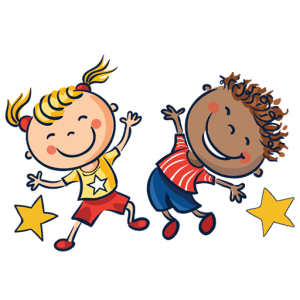© 2024 Stretch-n-Grow International. All rights reserved.
- 800.348.0166
- info@stretch-n-grow.com
- Privacy Policy

Whether parents and guardians choose to homeschool or not, there is no denying that a lot of learning takes place in the home, especially in the first 5-6 years before a child goes to kindergarten or first grade. Having tools and techniques to teach – or reinforce lessons learned at daycare, preschool, or elementary school – can be a good way for adults to spend quality time together while helping their little ones grow. Because every kid is different, it is beneficial to have a tool belt, and figure out what kind of learning is best for each kid. Knowing how each child best learns can also help parents be better advocates for their children as they go through school.
Especially once they start school, home should be a place for fun, decompression, and building family relationships. Being able to help kids learn at home, while making it less stressful by catering to their learning type, and by making it fun, will help children grow up to be well-rounded and make learning more fun.
Learn more about joining the Stretch-n-Grow Family here, find a class for your child here, or email us at info@Stretch-n-Grow.com!

Bethany is a freelance writer and editor. Click on her name to find out more!